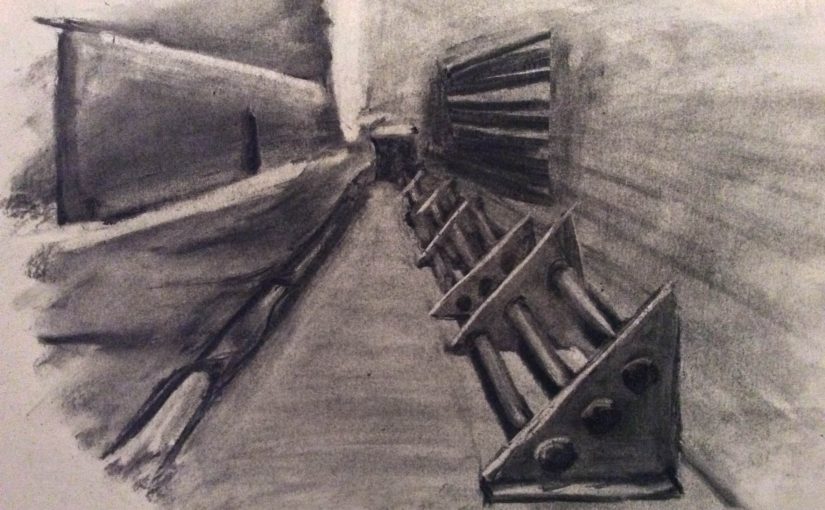‘Homelessness is about more than rooflessness. A home is not just a physical space, it also has a legal and social dimension. A home provides roots, identity, a sense of belonging and a place of emotional wellbeing. Homelessness is about the loss of all of these. It is an isolating and destructive experience and homeless people are some of the most vulnerable and socially excluded in our society. (Crisis)
Homelessness is perceived in different ways. A person might be homeless if they are:
- sleeping on the streets (sometimes referred to as ‘rooflessness’)
- staying with friends or family (sometimes referred to as ‘sofa surfing’)
- staying in a hostel or bed and breakfast hotel
- living in overcrowded conditions
- at risk of violence in their home
- living in poor conditions that affect their health
- living in a house that is not suitable for them because they are sick or disabled
At risk
Homelessness does not discriminate and can affect anyone. Some groups are more at risk of homelessness than others. These groups include:
- young people
- older people
- people with children
- people with physical or mental health problems
- people on benefits or low incomes
- people leaving care
- ex-armed forces personnel
- ex-prisoners
- asylum seekers and refugees
Pathways

The evidence base frequently refers to pathways into homelessness. A pathway perspective can encourage an appreciation of someone’s journey through homelessness. In their research into poverty, homelessness and exclusion, Harding, Irving and Whowell (2011) describe two distinct kinds of pathways into homelessness:
‘The key finding was that a significant proportion of the respondents experienced a range of exclusionary forces from an early age, which contributed to their present day poverty and homelessness. These respondents are referred to as being in a ‘lifelong’ pathway. In contrast, others appeared to have stable and happy lives as children, a pattern which continued into adulthood, until they were faced by traumatic life events, often accompanied by alcohol addiction. This second group are referred to as being in the ‘life events’ pathway.’ (p14)
Research by Crisis (2008) found that:
‘Reasons most often cited by male participants were relationship breakdown, substance misuse, and leaving an institution (eg prison, care, hospital). For homeless women, the most common causes were physical or mental health problems and escaping a violent relationship.’
The research also framed causes of homelessness in terms of structural and individual issues:
Structural:
- Housing demand (linked to demographic trends)
- Lack of affordable housing (eviction / repossessions)
- Poverty
- Unemployment / welfare dependency
- Ethnicity
- Changing trends in family formation and fragmentation
Individual:
- Family disputes / childhood disputes
- Physical and emotional abuse
- Poor physical and mental health problems
- Institutionalisation / offending behaviour (care, prison, armed forces)
- Drug or alcohol misuse
- Lack of qualifications and skills, social networks and debt
